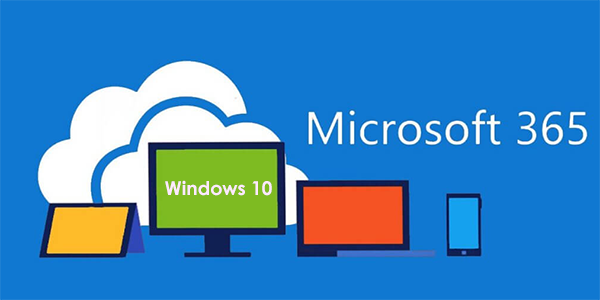With digital transformation a necessity, cybersecurity threats accelerating, and compliance requirements evolving, having resources that can tackle the complexities of decision-making and investment for these major issues and initiatives is essential. It can become overwhelming for an executive leader or IT staff to bear the entire burden of making choices that span security, vendor management, and technology adoption.
In today's digital landscape, the prevalence of remote work has led to an increasing reliance on employees' personal devices for various tasks. From sending emails to accessing applications and reviewing documents, the convenience of utilizing personal devices for business productivity actions has become commonplace. While this trend offers undeniable benefits in terms of flexibility and efficiency, it also introduces new risks to sensitive company data.
One of the most important documents your organization can create is a Business Continuity Plan (BCP). This plan comprehensively reviews how your organization can preserve business continuity when responding to unplanned disasters that cause business disruption of critical operational processes, applications, and IT infrastructure.
It has been well over a year since the shift to remote work began, and now many companies are planning a move back to the office. Before the transition is made, a major point to consider is that the traditional workplace may no longer fit the needs of a post-pandemic workforce.
One of the most important documents your organization can create is a Business Continuity Plan (BCP). This plan is a comprehensive review of how your organization will continue to operate when responding to unplanned disasters that impact business processes, applications, and IT infrastructure. We are all familiar with the burdens that the COVID-19 pandemic placed on businesses throughout the world. Companies that had a BCP in place were much better positioned to transition to a remote work scenario than those without. The level of response this pandemic required highlighted the importance of business continuity planning and raised some unforeseeable questions that all companies should now ask themselves.
Has your company decided to transition a portion or all your employees to work-from-home long-term? What may have started as a temporary means to an end is working well, and you have decided to embrace this new way of doing business. What you need now is to ensure your remote employees can continue to get their work done as productively and securely as possible.
In this cloud-centric, accessible-anywhere world of computing, there are many questions around how your staff can access your data and apps to work more productively and securely from anywhere. Traditionally, in-house technologies were used to deploy workstations, manage endpoints, and enforce required security policies. However, what do you do when neither your users nor your data reside within the office?
Answer: Microsoft Modern Desktop


.png)









